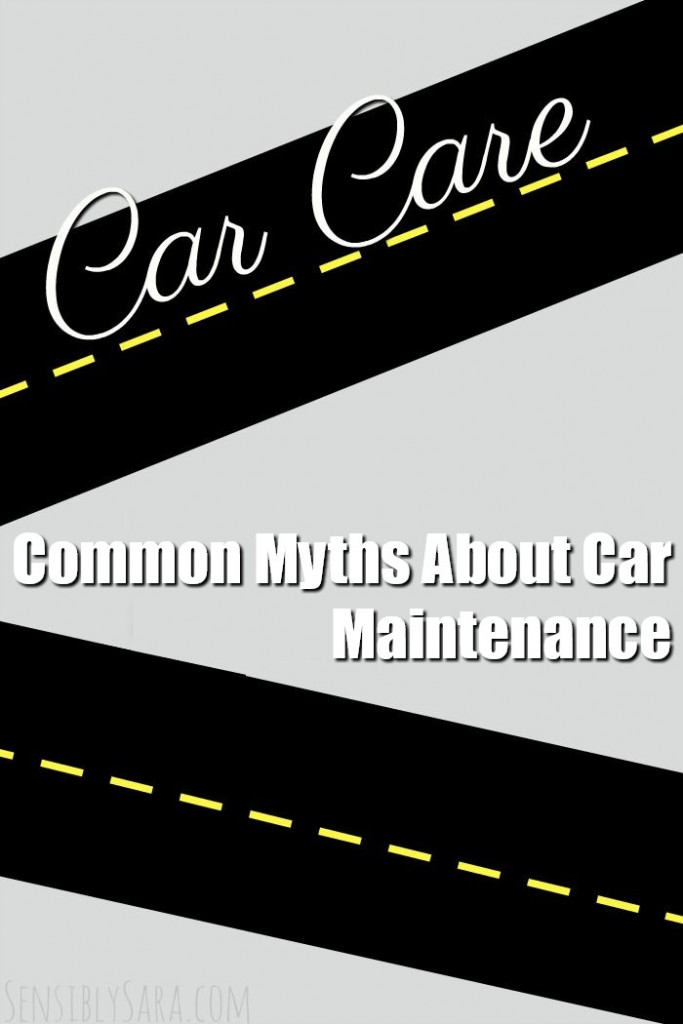You want to ensure that your car is properly maintained so that it looks great, performs awesome and runs smoothly, right? The problem is that your car owner’s manual tells you one thing, your mechanic tells you something else and your Uncle Joe tells you something totally different. Who’s right and who’s wrong? Car maintenance myths have been around for many years. The general rule of thumb is when in doubt, trust the owner’s manual. Let’s talk about some of the most common myths about car maintenance.

Oil should be changed every 3,000 miles – This is probably one of the oldest and most popular myths around. Back when cars featured carburetors, this was actually a true statement. However, the only times this holds true today is if you live in a very dusty climate or if you do a lot of stop-and-go driving. Today, most vehicles can go 7,500 miles between oil changes.
Premium gas is better for cars than regular gas – While premium gas is more expensive than regular gas, it isn’t cleaner or purer than regular gas. For most cars, there really are no hard facts to suggest that premium gas does anything for a car’s fuel efficiency or its overall performance. The only exception are vehicles that require premium gas because it is less combustible than regular gas. This includes vehicles such as the Fiat 500, the MINI Cooper and the Nissan Juke.
Cars need to be warmed up in winter – This is advice that is very outdated. With the way that modern engines are built, the best way to warm up the engine when the temperatures are cold is to drive the car. In fact, warming up your car can actually do more harm than good. The sudden spike of the engine’s temperature can put extra pressure on the bearings, crankshaft and valves, as well as cause the cylinder to become jammed and the pistons to crack. Also, warming up your car not only wastes fuel, but it also contributes to air pollution.
Newer car models don’t need maintenance – While it is true that a car that was manufactured in 2017 requires less maintenance than a car that was manufactured in 1992, less maintenance doesn’t mean no maintenance. Most modern cars will still need maintenance like replacing air filters, regular oil changes and tire rotations, as well as replacing the battery, brake pads/rotors and tires.
Filling up with fuel in the morning saves money – Many people think that since morning temperatures are cooler than afternoon temperatures, fuel is denser, so they’ll get more fuel and in turn, save money. Unfortunately, this isn’t the case at all. Because fuel is normally stored underground, this insulates the fuel against temperature changes and the fuel stays relatively the same temperature all the time. This means that there’s no difference between filling up your car at 9 in the morning or at 3 in the afternoon.
Leave a Reply